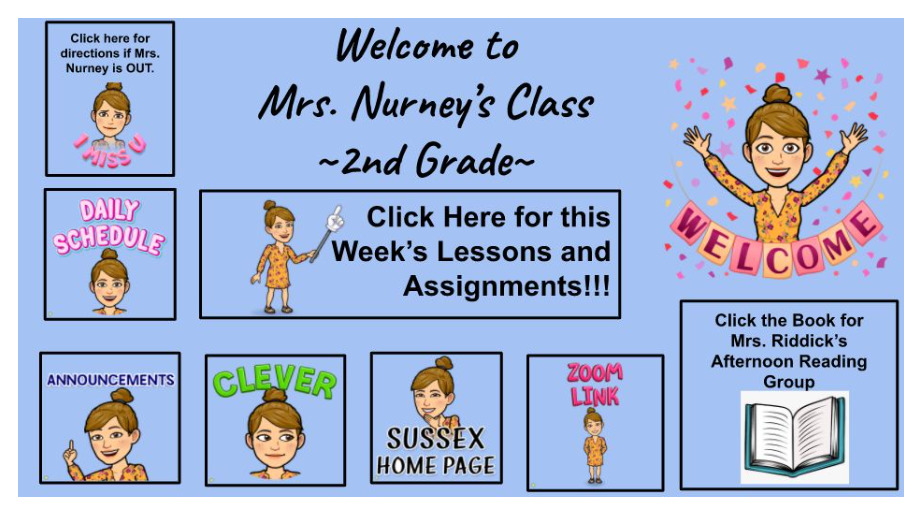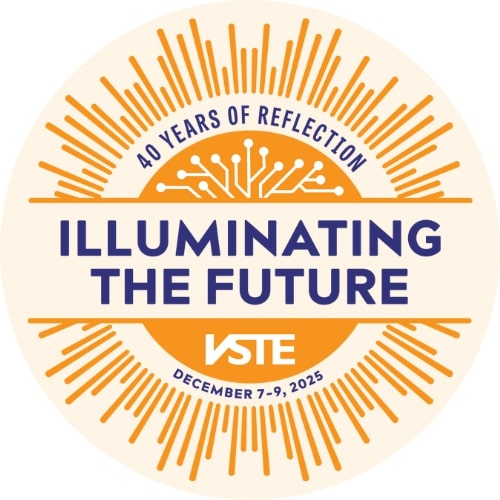In 2019, Karen Richardson, VSTE’s Executive Director, asked the Board to investigate ways that the organization help our members educate and advocate for diversity in education. Through her leadership, Dr. Richardson pulled together a team of individuals who shared that same passion and formed the Inclusion Taskforce, which eventually became VSTE’s Diversity, Equity, and Inclusion Committee.
Through the work of the Diversity, Equity, and Inclusion Committee, VSTE is building a collection of resources here on our website, as well as developing a mentoring program, which is now in its 3rd year.
This program connects educators with Instructional Technology leaders from various parts of the Commonwealth to help them develop their own leadership skills.
We are also building a library of targeted professional development activities which currently includes a series of monthly webinars and professional development coaching activities from UnisonEdu
So, how does a vision become a reality? It takes leadership and dedicated individuals committed to being agents of change rather than defenders of the status quo!
Written by Nicci Dowd. Nicci is a special education teacher for Prince William County Schools. She is also a member of the VSTE Board of Directors and Chair of the Diversity, Equity, and Inclusion Committee.




